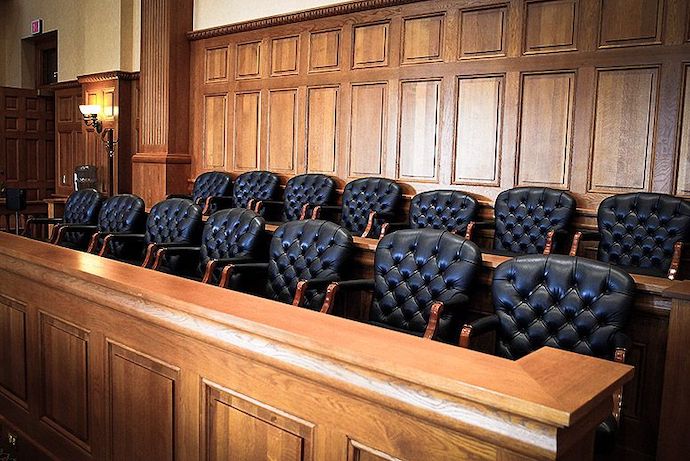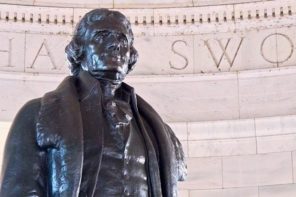In the next few weeks, Virginia’s General Assembly will be asked to consider a bill to end the death penalty. A decade ago, this pursuit would have been seen as impossible given Virginia’s status as the state with the highest number of executions in the country going back to colonial times. But as more and more Virginians have come to understand that the Commonwealth’s use of the death penalty is deeply intertwined with the state’s history of lynching and racial terror, it has opened up a dialogue about the death penalty’s place in today’s society. This conversation couldn’t have come at a better time.
Many things have changed since the death penalty’s inception—some things have not.
Early death penalty statutes in the Commonwealth reserved the death penalty almost exclusively for Black people. In 1848, a Black person (free or enslaved) could receive the death penalty for a crime that a white person would only receive three or more years in prison for, including murder, arson, treason, assault, and robbery. Executions were later used to punish white people, but only for the crime of murder, while Black people were routinely executed for a wide variety of offenses.
As extrajudicial lynchings became more commonplace in the late 19th and early 20th centuries, the state responded by carrying out more state-sanctioned executions in order to placate and deter white mobs who threatened to take justice into their own hands for Black people “accused” of crimes.
In 1899, a Black man named Noah Finely was tried for robbing a white man. After the jury found Mr. Finely guilty and subsequently deliberated about the appropriate sentence for 15 hours, a group of citizens notified them that if the verdict was not rendered by a specific time, “the negro would be lynched.” The jury complied and Mr. Finley was hanged not long after.
Between 1901 and 1981, nearly six times more Black people were executed in Virginia than white people.
One of the most notorious cases from this period is that of the Martinsville Seven. In 1949, seven Black men were tried by all-white juries and convicted of raping and/or aiding and abetting the rape of a white woman. Six of the men were between the ages of 18 and 20. All of the men were sentenced to death during the deeply flawed proceedings, which resulted in the largest mass execution in Virginia’s history.
After a 20-year legal hiatus, Virginia resumed executions in 1982, and race continued to be a major factor in determining who received the death penalty. Forty-six percent of the people who have been executed since this time have been Black, despite making up only 20 percent of the population. Of the Black people who were executed during this period, 71 percent were convicted of killing at least one white person, despite the fact that the vast majority of white people are killed by other white people. Studies show most murders are committed against people of the same race. A Virginia defendant is nearly three times more likely to get the death penalty if the victim is white than if the victim is Black.
Despite the fact that racism continues to taint the capital punishment process, there have been some major developments. Virginia has not sentenced a single person to death since 2011. As a result there are only two people remaining on Virginia’s death row (both Black).
Public opinion has changed dramatically too. National surveys continue to find that a majority of Americans increasingly prefer life sentences over the death penalty. Just this month, a group of nine elected current and former Commonwealth’s Attorneys and 12 other homicide prosecutors from Virginia issued a statement calling for an end to the death penalty.
In the last 15 years, 10 states have repealed the death penalty and three others established gubernatorial moratoriums. Nine additional states haven’t carried out an execution in more than 10 years, meaning that 34 states have now abandoned the death penalty in law or practice.
Many of these changes have been driven by concern over the risk of executing innocent people. More than 170 men and women have been released from death rows across the country after evidence of their innocence emerged. It’s likely that some innocent people have even been executed. Others have taken note of the fact that study after study show that the death penalty costs millions more than the alternatives while failing to make the public any safer.
I for one hope that Virginia lawmakers will reckon with our state’s own troubling and sordid history with the death penalty, while also considering all of the evidence showing that the death penalty is deeply flawed and ineffective, and embrace a new evidence-based approach to public safety: One that values the dignity of all human beings and is focused on transforming the justice system into one rooted in fairness, accountability, and redemption. The death penalty’s legacy is a major barrier to lasting comprehensive criminal justice reform in our state. The time has come to end this unjust practice once and for all.





